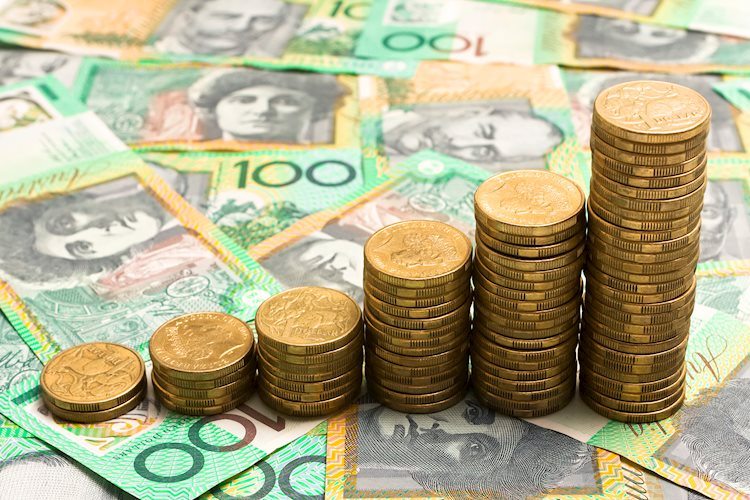The Australian Dollar (AUD) has experienced a decline in value against the US Dollar (USD) in anticipation of the US presidential election results. As traders exercise caution, the USD has strengthened, especially with the prospect of a favourable outcome for Republican candidate Donald Trump. Polling data from Kalshi and Polymarket show Trump leading over Kamala Harris, indicating growing support for Trump as the election nears its conclusion.
Interest will be on the Federal Reserve’s interest rate decision, with expectations of a 25 basis point cut at its upcoming meeting. There is a strong market consensus for a modest rate decrease this week, with the CME FedWatch Tool showing a high probability of a rate cut. However, the AUD could potentially regain momentum following the Reserve Bank of Australia’s decision to keep the Official Cash Rate steady at 4.35% and maintain a hawkish stance due to inflation risks and a robust labor market.
Australia’s recent Purchasing Managers Index (PMI) data showed an improvement in private sector activity in October. Despite a decline in manufacturing, growth in the services sector helped offset the losses. The AUD/USD pair currently hovers around 0.6590, with technical indicators suggesting a bearish trend. Immediate support lies at 0.6536, while resistance can be seen at the EMA levels around 0.6603 and 0.6620.
The preliminary results from Georgia and Pennsylvania exit polls show a lead for Trump and Harris, respectively. These early results are based on a small percentage of votes counted, indicating the potential direction of the final outcome. Additionally, various PMI data from the US, Australia, and China show mixed results, with improvements in service sector activities.
The latest economic indicators, including the Presidential Election in the US, play a significant role in determining market sentiment and exchange rate movements. With the ongoing US election and its potential impact on monetary policy, traders are closely monitoring developments to make informed decisions. The outcome of the election will also influence USD volatility, affecting various currencies including the AUD.
In conclusion, the Australian Dollar’s recent depreciation against the US Dollar reflects market caution and anticipation of the US presidential election results. While the AUD may regain momentum as the RBA maintains a hawkish stance and positive economic indicators emerge, the outcome of the US election remains a key factor in influencing market sentiment and exchange rate movements. With ongoing developments in the political and economic landscape, traders are advised to stay informed and vigilant to navigate the changing market conditions.











